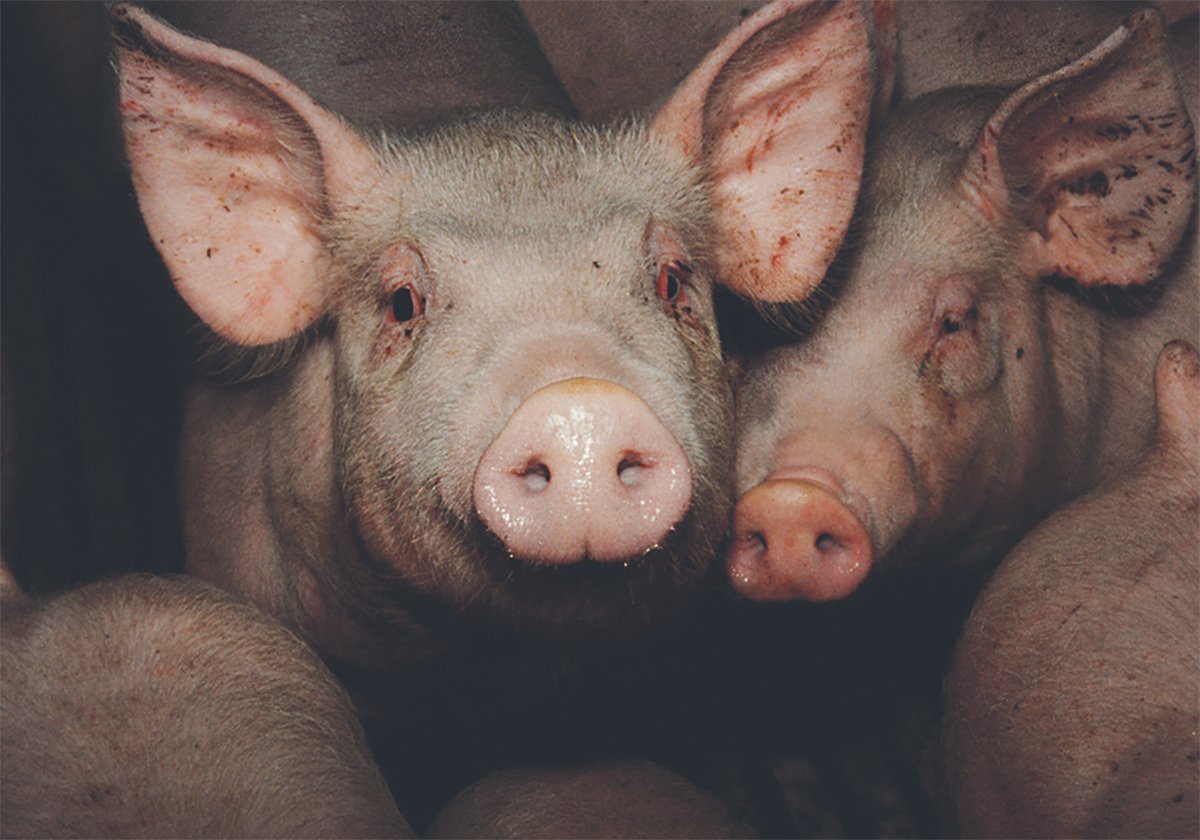American low-cost veterinary drugs are finding their way onto Canadian farms, producing dramatic savings for producers.
Under federal legislation, non-prescription veterinary drugs are allowed into Canada under a personal-use clause in Health Canada regulations.
Canadian farmers must import the drugs personally and are not supposed to import more than they need for their own animals.
Large animal veterinarians say the practice undermines their incomes and carries risks if producers are not familiar with either the products they are importing or the American sellers.
Read Also

The Western Producer Livestock Report – October 30, 2025
Western Producer Livestock Report for October 30, 2025. See U.S. & Canadian hog prices, Canadian bison & lamb market data and sales insights.
Brian Cross of Spiritwood, Sask., said he chose to import some of the “category two” drugs for his cattle operation.
He was able to save $341 on each five-litre jug of generic ivermectin over his local dealer’s price. On antibiotics such as Penicillin G and oxytetracycline, he said 25 to 35 percent savings are available from large, national veterinary suppliers in the United States.
Cross blames Canadian branches of multinational drug companies for the high prices.
“I’d be a lot happier if I could have just run up town for it. I’d happily pay $160 for the ivermectin. But forcing our local dealers or vets to charge $475 because we don’t have a choice? That’s the drug companies’ fault,” he said.
“Any drug that doesn’t have to be dispensed or administered by a vet is allowable. A couple of years ago when things were going a little better, this wasn’t an issue. Farmers would eat the costs. Now we need every dollar we can squeeze out of agriculture.”
Curt Hagle is the registrar of the Saskatchewan Veterinary Medicine Association.
He said for some rural vets the loss of drug sales can be a sizable portion of their incomes.
“Times are already hard for the rural vets and any additional losses make it even tougher to keep the doors open,” he said.
In many cases drugs are priced to the veterinarians or dealers at relatively uncompetitive rates with higher volumes of sales rewarded through rebates.
Hagle said it can be difficult for customs inspectors to identify producers who bring in more than a three-month supply of the drugs.
In most cases, the types of drugs affected may only be needed once each year or occasionally, meaning the three-month rule is difficult to calculate for customs officials.
Cross said producers are limited to $1,600 per each import and customs inspectors are thorough about confirming a farmer’s status as a producer before allowing in the drugs.
Health Canada’s Veterinary Drugs Directorate issued reports to government late last year indicating it is studying whether there needs to be specific legislation to control the importation of drugs with active pharmaceutical ingredients for use with food animals.
Many of these products have long slaughter withdrawal times; it’s 45 days for ivermectin.
The VDD is concerned with recall and traceability issues of drugs imported through means other than the current domestic channels.
Cross raised the issue with Health Canada last year and was told one month ago that producers have the right to import the drugs but must guard against imposter products and must not deliver animals containing drug residues beyond the legislated limits.
Hagle said producers likely have little recourse if there is a problem with the drugs.
He suggested that Canadian testing requirements drive up costs for manufacturers and distributors, making Canadian releases of drugs more costly than in competing livestock producing countries.
“I can see how producers are being pinched pretty hard right now and its unfortunate that they’re being backed into this corner,” Hagle said.














